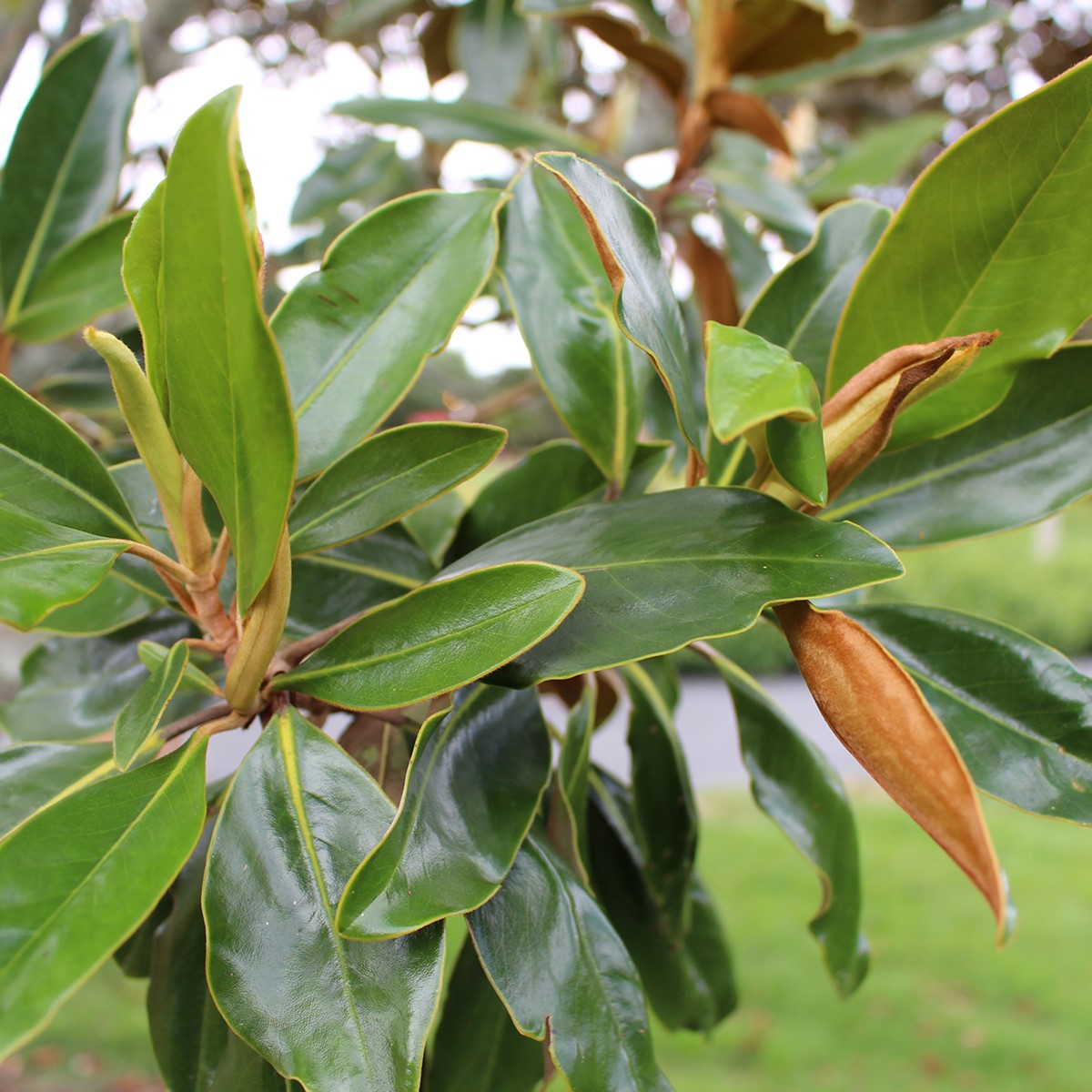Physical characteristics
A dwarf,
Flowers and foliage
A dense, rounded shrub with
Preferred site
Callistemons are reliable
Preparation for planting
Always choose healthy, well-grown
Maintenance tips
Apply mulch
Ecological and biodiversity benefits
Attracts birds, bees and other insect pollinators.
Pests and diseases
Bottlebrushes are very susceptible to parasitic root-knot nematodes. There is little a homeowner can do to treat nematodes. Thick layers of mulch have been shown to suppress nematode populations. Keep up good garden management practices, including proper irrigation and pruning, to produce a healthy plant with better resistance. In the long run, if the bottlebrush has high levels of nematodes (nematodes can't be seen by the naked eye, but the swellings on the roots produced by the nematodes can) it is best to remove the tree and replant with a different, more resistant species.
Location at Auckland Botanic Gardens
Auckland
Interesting facts and tips
This plant was selected as a chance seedling in the 1980s by Ken Dunstan of Alstonville New South Wales. It was the 1986 Shrub of the Year in Australia and was originally introduced as a plant that only grew to 3 feet tall. Older


.jpg?anchor=center&mode=crop&width=1200&height=800&rnd=132106834682830000)
.jpg)
.jpg?anchor=center&mode=crop&width=1200&height=1200&rnd=131732822304530000)

.jpg?anchor=center&mode=crop&width=1200&height=1200&rnd=132106949760530000)
 .jpg?anchor=center&mode=crop&width=1200&height=1200&rnd=131732822977030000)